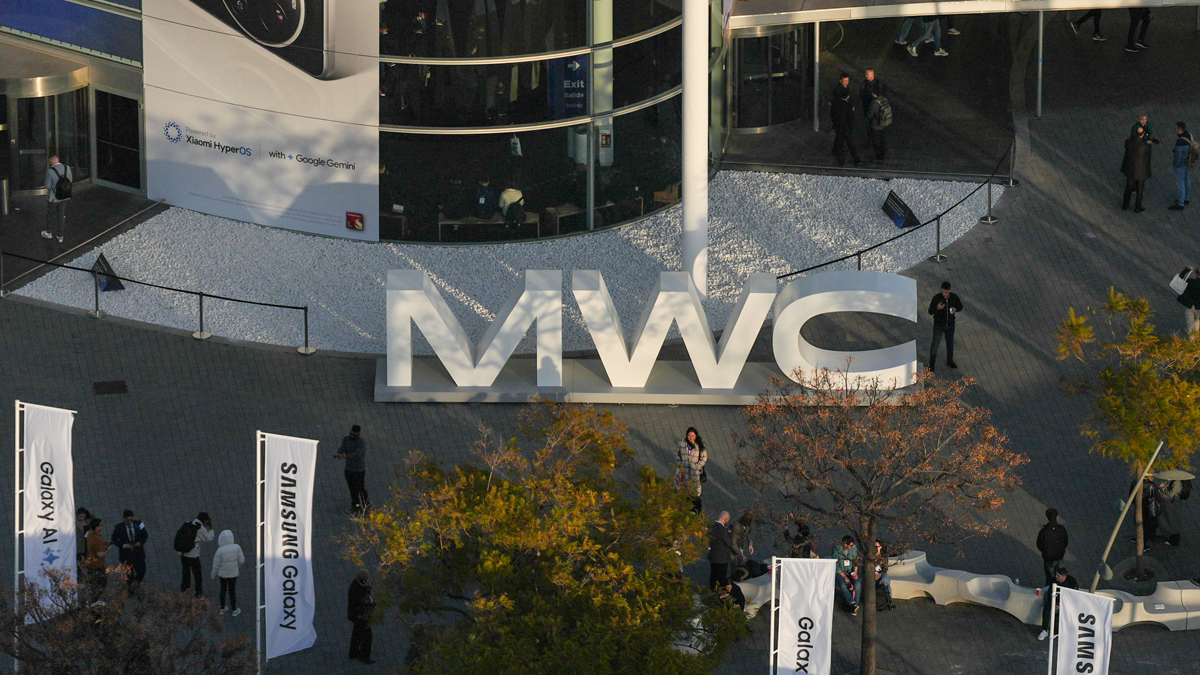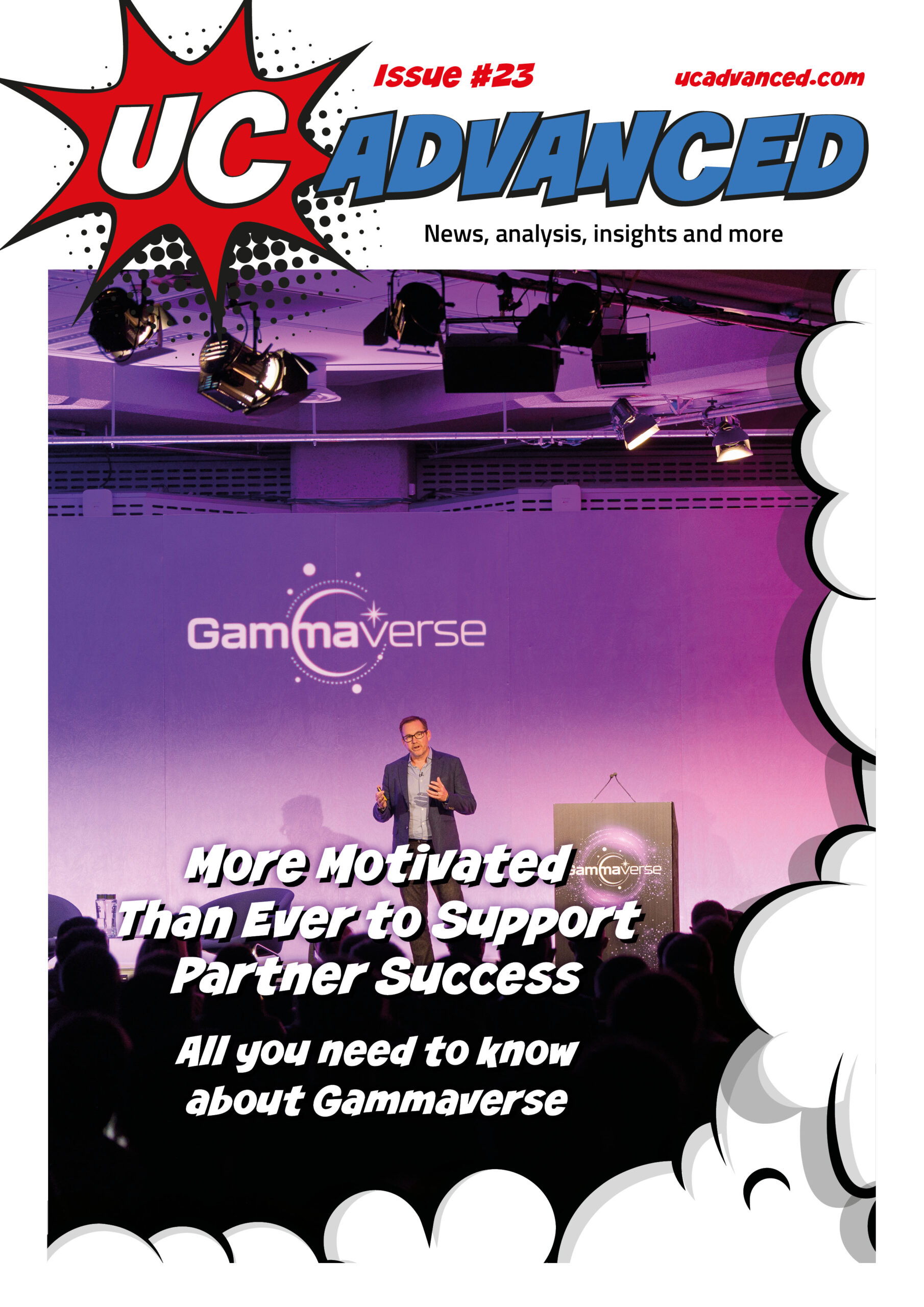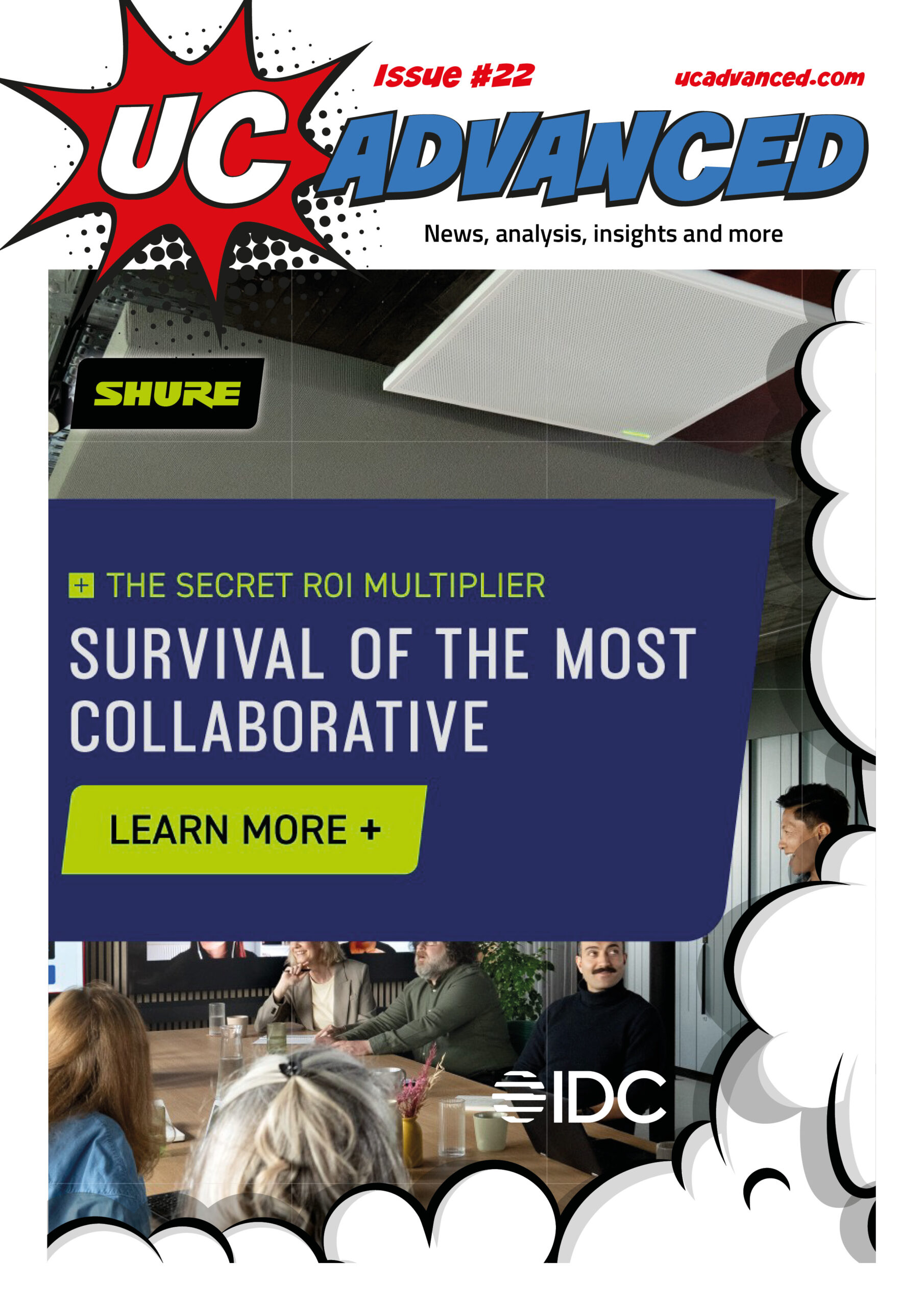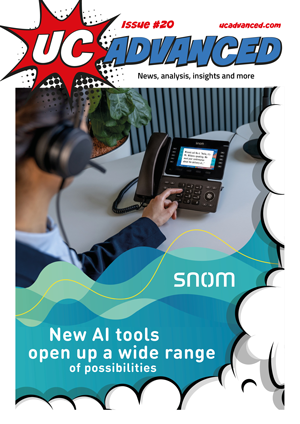MWC (Mobile World Congress)’25 was back, bigger than ever, with over 109,000 attendees strutting the floors of the Fira Gran Via in Barcelona, from 3 to 6 March 2025. With 2,900 Exhibitors, Sponsors and Partners, it is an awe-inspiring event, presenting the very best the telecommunications sector, and all the industries that are inter-related or rely on telecommunications, have to offer now, and in the future.
Big Themes
You guessed it. AI. Yes, there was a lot of talk of AI on the lips of exhibitors and attendees, and integrated into devices, especially smartphones and laptops, some concepts more future orientated than 2025. Another big theme that pundits identified was the “common cloud”, and most keynote speakers opted to discuss some form of global inclusion, breaking down barriers and sharing infrastructure, ideas and security measures. Mats Granryd, outgoing Director General of GMSA identified the pace of 5G standalone implementation, the Open Gateway opening up networks in an API era and Spectrum in his final opening speech. Other themes of interest were Open Platforms and energy efficiency, enter solar-powered devices into the conversation.
Artificial Intelligence
Dominating MWC 2025 was AI. From AI-powered assistants proposing to transform communication experiences, discussions around how to make AI scalable at a network level, to cloud telephony and telcos leveraging AI for network automation and incorporating it into antenna engineering, to name only a few of the areas AI dominated.
AI inference is the process of using a trained machine learning model to make predictions or decisions on new, unseen data, and applying those insights gained during the training phase to real-world situations. At MWC25 applications for image and facial recognition were showcased, and speech recognition is becoming commonplace (voice to text) and natural language processing is gaining traction with not only “understanding” spoken languages and speech patterns, but interpreting the correct required and expected responses. AI inference creates and demands a lot of data, putting immense strain on current internet capacities. Concerns were raised over whether AI inference was ramped up into everyday lifestyles and devices, which added to the MWC25 debates about storage, control and security.
Common Cloud
Ivo Ivanov, CEO of DE-CIX, reported in his recent blog that a new buzzword was coined, “The Common Cloud”, which refers to operators moving away from siloed environments and toward shared cloud infrastructure to handle AI, IT and network functions.
Red Hat’s telecom chief architect, Rimma Iontel, described it as a growing trend in which telecom operators are shifting toward shared cloud infrastructure to handle both IT and network functions. So rather than relying on siloed environments, operators are now leveraging multi-tenant cloud platforms to optimise costs and efficiency, resulting in improved scalability, easier network management, and reduced reliance on proprietary, single-vendor ecosystems.
5G standalone (5G SA)
GSMA advocated for mobile operators to embrace the concept of “Complete 5G,” which combines programmable 5G SA networks with other operator capabilities to deliver advanced connectivity solutions. The conversation continues to be around enablement, integration and capacities, as AI, Cloud and 5G SA are expected to enable mobile operators to unlock new digital services, revenue streams and 6G potential.
Orange Wholesale launched a core 5G NaaS (Network-as-a-Service) offer which enables mobile operators to deploy 5G SA in minutes from the cloud, for a “fraction of the cost”. Fully managed by Orange Wholesale expert telco teams, the solution offers flexible pay-as-you-grow plans. The service is expected to be generally available from Q3 2025.
Ericsson, in collaboration with T-Mobile and Qualcomm Technologies, Inc., used MWC25 to announce their joint-launch of XR trials in T-Mobile’s San Diego 5G commercial network. The trials show the potential of XR (Extended Reality) technology in boosting user experiences and driving innovation in the telecoms industry. The trials use AI immersive smart glasses powered by Snapdragon® AR2 Gen 1 Platform, tethered to 5G Snapdragon® Mobile platform, both from Qualcomm Technologies, with distributed spatial compute and low latency features. It utilises Hololight’s XR streaming service to maximize device and infrastructure capabilities.
Open Gateway
Mats Granryd, continued to extol the virtues of GMSA’s Open Gateway, which focuses on opening up telco network capabilities to developers through standardised APIs. By making network services readily available, through a collaborative effort involving telcos, Microsoft, and AWS, the initiative aims to accelerate the development and deployment of new digital services and applications.
Open Platform
An open platform is a broader concept to that of an open gateway, and refers to a framework that allows developers to build applications using publicly available APIs and tools. One of the big announcements made at MWC25 came from Nokia, AMD, Jio and Cisco, which together unveiled plans for an AI-driven platform to “redefine telecom operations”, aiming to streamline network operations and optimise performance in real-time, setting new standards for the future of the telecom industry.
The joint-venture open platform is planned to be a solutions-oriented, multi-domain intelligence framework aimed at enhancing network security and efficiency, and reducing total cost of ownership.
Solar Powered Devices
Phone brand Infinix showed off a case for its phone made with “SolarEnergy-Reserving Technology.” The case captures light and uses it to charge the phone wirelessly. Infinix demonstrated the device using a bright light directed towards the back of the phone, which defeated the purpose of using “natural light”, but it was demonstrated to be charging. One assumes bright sunlight will be required unless the technology develops further. Certainly a step up from phone chargers in harnessing natural sunlight, and a great leap towards sustainability.
The Yoga Solar PC Concept (POC), a PC powered by the sun, represents Lenovo’s vision of achieving a future where renewable energy and innovation are intrinsically intertwined. The device features a solar panel with an over 24% conversion rate, which is believed to be one of the highest in the industry.
This conversion rate is achieved by leveraging ‘Back Contact Cell’ technology, which moves mounting brackets and gridlines to the back of the solar cells, maximising the active absorption. The breakthrough Dynamic Solar Tracking system constantly measures the solar panel’s current and voltage, working with the Solar-First Energy system to automatically adjust the charger’s settings to prioritise sending the harvested energy to the system, helping to ensure maximum energy-savings and system stability regardless of light intensity. Even in low-light conditions, the panel can still generate power, sustaining battery charge when the PC is idle.
Lenovo’s 3D Laptop and AI Ring concepts
The ThinkBook 3D Laptop Concept brings immersive 3D computing to business and creative professionals through a glasses-free hybrid display. The innovative Directional Backlight 3D solution enables users to seamlessly switch between 2D and 3D modes, allowing for realistic depth and precision in digital modeling, content creation, and virtual collaboration. The 3.2K resolution display (3200×2000, 100% DCI-P3) delivers stunning clarity and color accuracy, making it an ideal tool for designers, engineers, and media professionals working with complex visual projects.
ThinkBook 3D Laptop with Lenovo AI Ring concepts
Enhancing this next-generation experience, the Lenovo AI Ring concept introduces gesture-based control, offering touch-free navigation, 3D model manipulation, and interactive UI adjustments. Built with high-precision sensors and AI-driven motion tracking, the AI Ring allows users to rotate objects, zoom, and interact with 3D environments with simple hand movements, bringing an intuitive and natural approach to spatial computing.
Together, these innovations redefine immersive interaction, bridging traditional and next-generation computing to enhance workflow efficiency, design precision, and business collaboration in AI-driven workspaces
3-in-1 devices
The BleeqUp cycling glasses sum up the devices that will be with us in the future – a camera, earphones and cycling glasses all in one. The glasses are claiming to have 5 hours of continuous recording time, with a 16MP camera quality, that act like a dashcam. The built-in earphones offer a dual speaker system that offers high-definition clear audio, even at speeds of 30 km/h. Voice control is used for functions such as volume and recording, and is connected to a touch control panel on the handlebars. Cycling-specialised EIS algorithms smooth out shaky recordings. The glasses are scheduled for an official launch in Spring 2025.
MWC 2026
Suffering from FOMO (fear of missing out) yet? MWC 26 is scheduled to take place from 2 to 5 March 2026, in Fira Gran Via, Barcelona, Spain. The focus will be on connectivity, mobile technology and AI trends. UC Advanced can’t wait!












